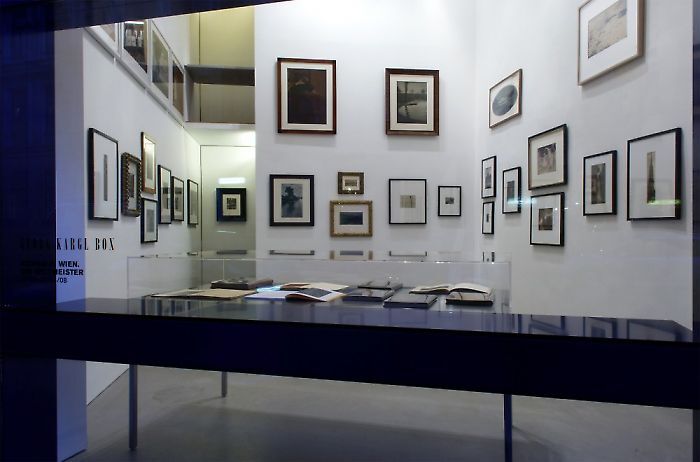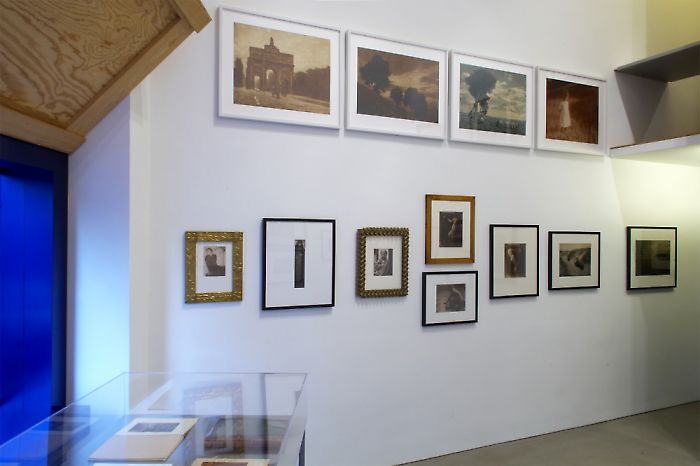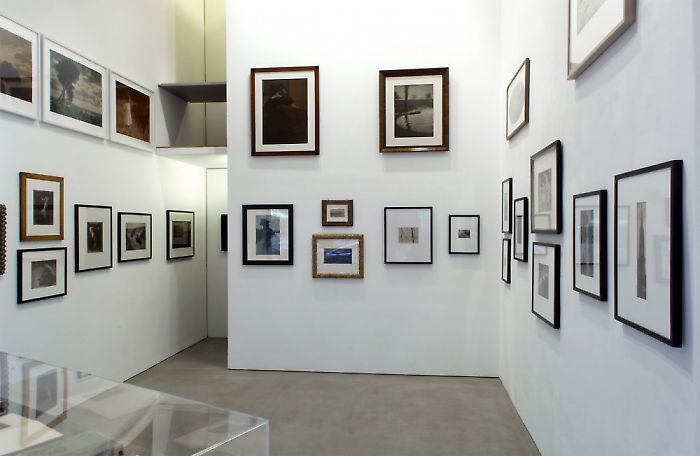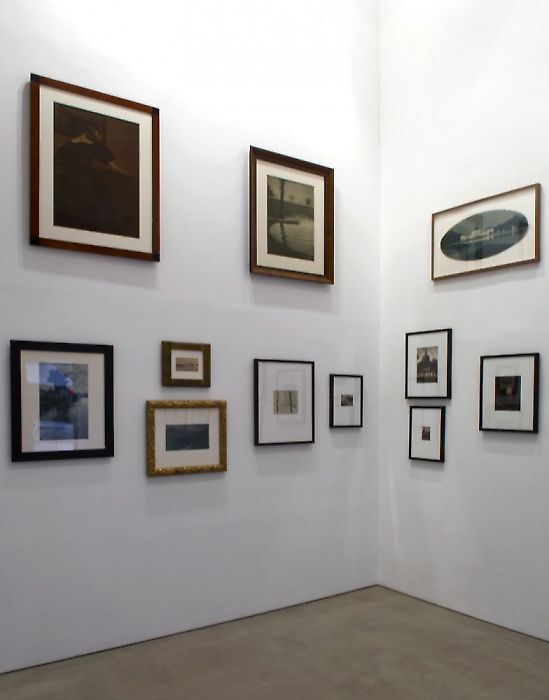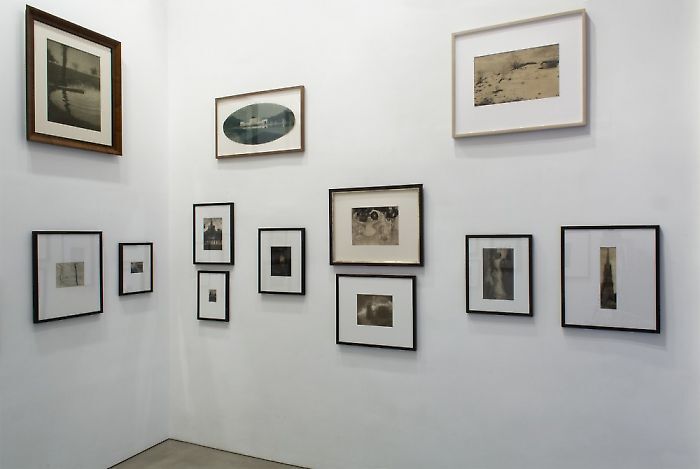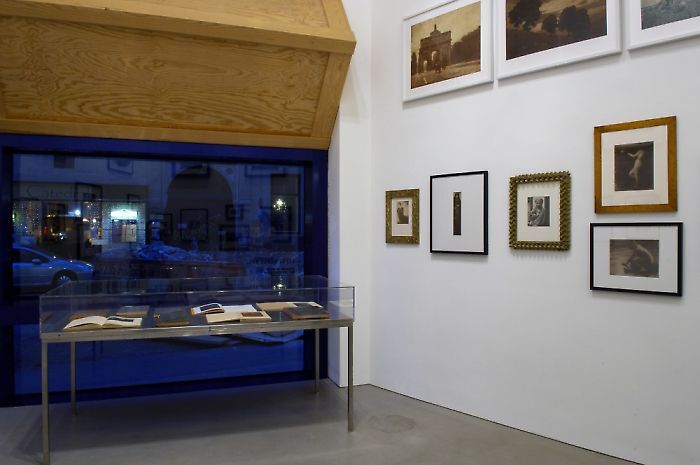—
Gallery Kicken Berlin as guest in Vienna
KICKEN IN WIEN. DIE WELTMEISTER
In the 1880s a new and international generation of photographers emerged: they joined photo clubs, exhibited in museums, and published work in elite journals. The style they followed was known as “Pictorialism” and soon became part of the artistic avant garde - adopting Symbolist themes, the sophistication of Art Nouveau, and the workmanship of the Arts and Crafts movement. Pictorialist photographers were united in the vision that art served to refine the spirit, cultivate good taste, and beautify everyday life. Fin-de-siècle modernism was not old, tired, and decadent—it was fresh, young, and determined from the outset to gain entrance into museums. Hanging on museum walls, right alongside painting and graphic arts, every Pictorialist image proclaimed the triumphant message that photography was art.
The so-called alternative photographic processes—complex photo-mechanical techniques for creating graphic imagery—were developed to alter the slick coldness of the medium’s technical nature and allow viewers to recognize that pictures originated from the eyes and hands of an artist, not from an indifferent machine. The most well-known stylistic device of Pictorialism was the use of intentional soft focus. It transformed the photographic image into an art of atmosphere and mood, allowing it to compete with the feel of Symbolist painting. It taught the eye to register the finest nuances of light and shadow. Pictorialist photographs explained how images are made of light—not much different from a Cézanne watercolor.
The enthusiasm that accompanied the rediscovery of photography as art in the 1970’s did not necessarily include Pictorialism. One important German photography historian declared publically that pictorialist photography was “a mistake, historically speaking”, and many others felt the same. In the meantime, contemporary photography has shown us how modern Pictorialism really is. As during the time of Pictorialism, young photographers today are once again conquering art museums, a victory achieved through artfully manipulated large-format works. The rediscovery of photography’s early years has enlightened us to the hidden modernity therein. We become aware of the high-tech photographic print techniques behind Heinrich Kühn’s large format gum bichromate prints, Rudolf Koppitz’s strinkingly modern impression of a field with ravens, which reminds the viewer of a Japanese woodcut, or Robert Demachy’s Symbolist interpretation of the everlasting tale of Adam and Eve, which distinctly displays the traces of the artist’s mechanical intervention. Eventually, we find the same hidden modernism at work that concealed nineteenth-century glass and steel structures behind classical façades. The photographic art of Pictorialism is similarly complex. We shouldn’t allow the blurry surface beauty to fool us, for buried within is the Cubism of our modern world.
The exhibition by Gallery Kicken Berlin at Georg Kargl Fine Arts includes more than 40 masterpieces of Pictorialist photography from the time between 1896 and 1916 - many of them unique pieces, by such renowned and varied artists such as Robert Demachy, Rudolf Koppitz, Heinrich Kühn, Edward Steichen, and Alfred Stieglitz. Also to be seen are rare works by artists yet to be discovered, like Erwin Raupp or the painter-photographer Elise Mahler.
The exhibition is accompanied by an elaborately illustrated catalogue (Pictorialism. Hidden Modernism – Photography 1896-1916, with essays by Monika Faber and Wilfried Wiegand.)
List of Participating Artists:
James Craig Annan | Hugo Erfurth | Frank Eugene | Hugo Henneberg | Theodor & Oskar Hofmeister | Getrude Käsebier | Rudolf Koppitz | Heinrich Kühn | Dr. Rupert S. Lovejoy | Elise Mahler | Karel Novák | Erwin Raupp | Edward Steichen | Alfred Stieglitz | Anton Josef Trcka | Hans Watzek | Clarence H. White
Inquiry
Please leave your message below.
